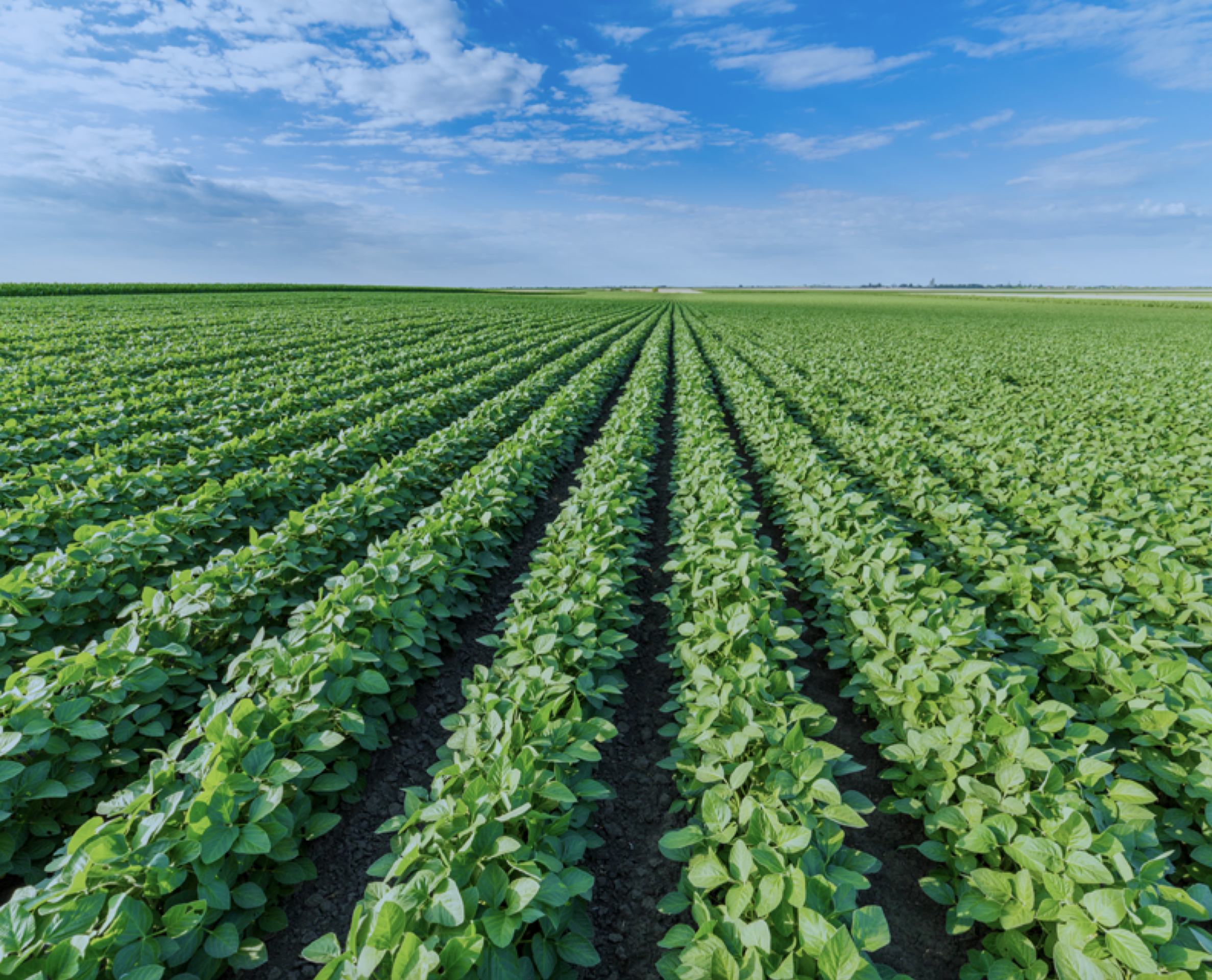
When the true cost to society of non-organic food is factored in, organic food will have the lower price tag
By Margot Grant
How much does a conventionally grown cucumber really cost, when one factors in carbon dioxide (CO2) emission, pesticide pollution of soil and waterways, loss of biodiversity surrounding farm fields and the cost of plastic packaging? Almost twice the price of an organic cucumber.
So why not tax non-organic food to mitigate these costs? This idea is put forward by ABN AMRO, a major Dutch bank, in its recent report, True Cost Accounting: The Real Costs of our Food.
“We have started to realize that in the long term, the success of the agricultural sector will depend on sustainable practices,” a bank spokesman says. “Therefore, measures farmers take now to adapt to these practices are an indicator of how successful their businesses will be in the future.”
True cost accounting (TCA) is becoming an important factor in the consideration of loan applications from the agricultural sector, the bank says, and will gain in importance in the next five years.
The ABN AMRO report has caused a lot of debate in the Netherlands. Nine out of ten Dutch people think that over the next five years they will have to pay more for groceries in order to save the environment. Some 37 per cent of Dutch consumers believe TCA is feasible.
But there is concern, too. In a poll of more than 2,000 people, many expressed doubt that the tax money would be used to mitigate the effects of non-organic production or stimulate sustainable farming. Others did not like the idea of more government intervention.
Proponents of the plan say taxation could be step two, if necessary. Step one could be “shadow pricing,” whereby each product would state both the store price and the actual price if all environmental and societal effects were factored in, in the hopes consumers would choose sustainably produced products.
Wageningen University in The Netherlands is working on such a pricing system, and the model could be used in other countries.
Opponents of TCA point out that out-of-season products from far-away places, like grapes in February, would become very expensive. But at the same time, there would be more demand for local products.
In a related development, Health Canada is working on new labels for food packaging. When a product has more than a specified level of certain ingredients, it must have a prominent black label on the front of the package that says “high in sugar,” “high in fat” or “high in sodium.”
If implemented, Canada would be the first G7 country with such labels. The system is used in Chile, where 92 per cent of consumers say it has influenced their purchasing decisions. Food manufactures paid heed too, reformulating 18 per cent of their products before the implementation to avoid a “high” label.
Declaring the cost of mitigating the negative effects of non-sustainable production on labels and in produce aisles is an idea worth debating. In the future, labels could declare “high environmental cost.”